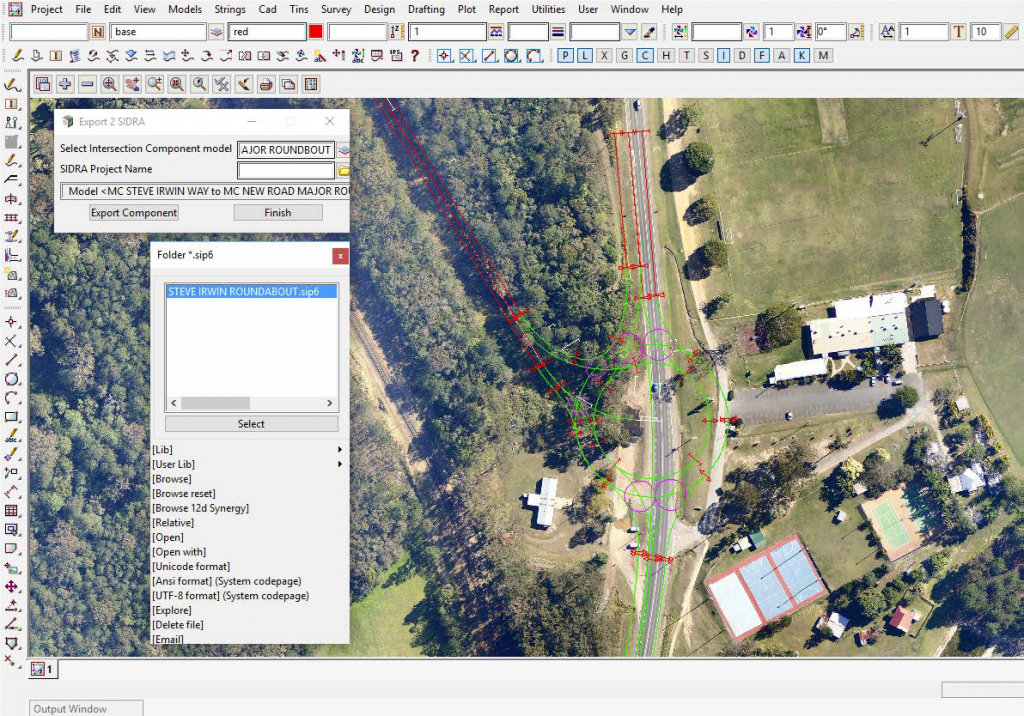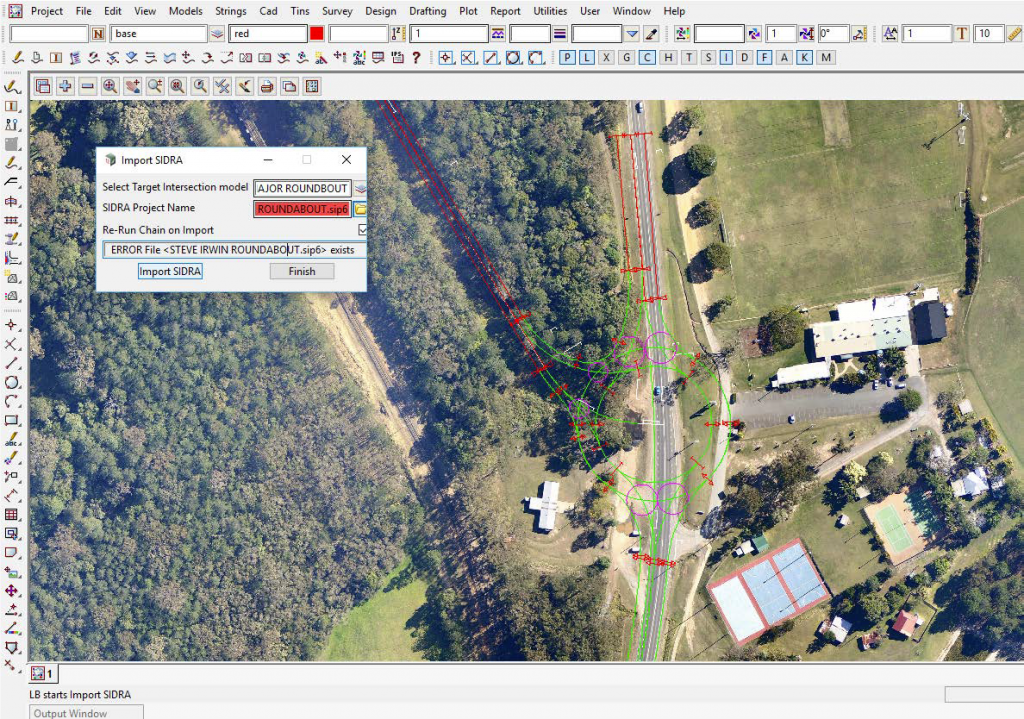12d Model Macros
Aidan Bickhoff – then a Civil Designer with Sunshine Coast Regional Council – speaks of his 2016 work designing a macro in 12d Model software to assist with the Local Government Infrastructure Plan (LGIP), in line with the Sustainable Planning Act (SPA 2009). Customisation using macros is a great way to get the most out of a comprehensive software package like 12d Model.
This undertaking was spurred on by a need to quickly develop multiple intersection concept design options and analyse the practicality and efficiency of these conceptual designs. Aidan’s role at Sunshine Coast Regional Council was to prepare designs for inclusion in the LGIP. The scope of the LGIP for which Aidan’s team was responsible was approximately $270 million between 2016-2031. The team was often called upon to prepare multiple design options – sometimes 15 or more – and multiple iterations of each option were required for each potential project with the LGIP to be submitted to the state government for approval. As the only Civil Designer in the team, it was a very time-consuming process to design all these options, and equally time-consuming for other members of the team to analyse and model the intersections.
It was clear that they were going to be unable to deliver the LGIP for submission to the state government without applying more resources (which wasn’t an option) or missing their deadline (again not an option).
They needed a more efficient design and analysis process…and so, from the fire and flames that is a raging Civil Designer’s desk, the SIDRA-2-12D Bridge was born one Saturday afternoon…and even in its early development phase, the team was able to get some proof-of-concept projects with a few basic intersection components/forms exported from 12d Model into SIDRA, and back again!
The current workflow and method of designing a static concept intersection within AutoCAD was very slow, and it couldn’t be dynamically updated post-optimisations from SIDRA. Furthermore, it was a cumbersome process and required manual translation of design data and variables from paper plans (AutoCAD output) into SIDRA…and vice-versa.
Old Workflow:
o Prepare concept design / intersection layout in AutoCAD
o Plot design as scaled drawing
o Create a new SIDRA Project
o Manually determine the intersection form (T-Intersection, Signals, Roundabout etc.)
o Scale & measure intersection details (Number of lanes, lane lengths, lane width etc.)
o Run SIDRA Analysis
o Optimise the design and re-analysis within SIDRA
o Print or PDF Intersection diagram from SIDRA
o Modify design in AutoCAD
After Aidan’s creation of the 12d Model Macro, ‘SIDRA-2-12D Bridge’, and a few customised intersection components, the team was able to seamlessly transfer the design properties of a Roundabout and Signalised Intersection to SIDRA for analysis, and then import the SIDRA output and re-run a design chain to update the intersection component.
New Workflow:
o Prepare concept design in 12d Model using a Customised Component
o Use the SIDRA-2-12D Bridge to create and pre-populate a SIDRA intersection project
o Run SIDRA Analysis
o Optimise the design and re-analysis within SIDRA
o Import the optimised design into 12D using the SIDRA-2-12D Bridge
o Run chain command to update component
o Reward yourself with some coffee and a donut, because you can actually finish at 5pm today!
Along with the two 12d Macros, one to Import and the other to Export the intersection component data, there were also a few other support files to liaise with the SIDRA .dll libraries and talk to the SIDRA database. From my proof-of-concept tests, Aidan was able to do over a week’s worth of work and refinement of designs in a few hours! Once the macros and translation files were further fine-tuned and matured, even more time savings began, both from a designer perspective and a traffic engineering/analysis perspective.
Where previously the design, analysis and optimisation process took days (often more than a week at a time), by combining the power and flexibility of 12d Components with SIDRA, this can now be done in 4-5 hours!

Figure 1: Export the component properties from 12d to SIDRA

Figure 2: Import optimised design from SIDRA and populate the component and re-run the chain in 12d